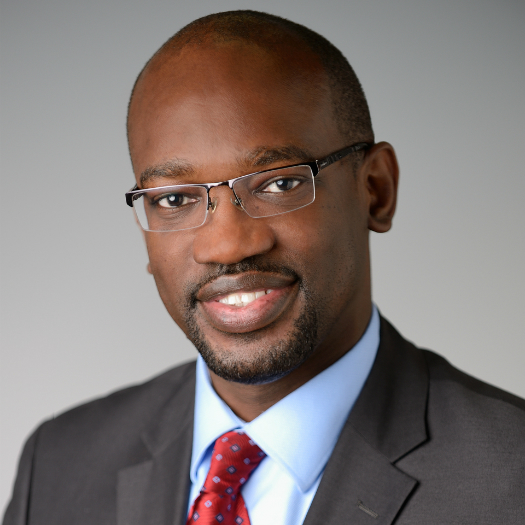
Tea's Story

On Tea Abbadini’s 13th birthday, she started feeling sudden pain on the right side of her lower abdomen that her parents thought was appendicitis. A few months later on Christmas Eve, Tea’s hand cramped up for 10 minutes and on New Year’s Eve, she got her first back cramp. Her back cramp was so bad that it curved her to the right and caused her to walk leaned over for a few hours.
This went on for the next several months. Some days Tea would be fine, and other days she wouldn’t be able to write, or walk, or even talk. She stopped being able to attend school and was hospitalized often. Tea was diagnosed with dystonia, a neurological movement disorder that causes continuous pain, cramping, and relentless muscle spasms due to involuntary muscle movements. With this diagnosis, her dreams of continuing her gymnastics career and of one day attending college were put on hold.
“I felt like I was in a dream, I wanted to wake up and it all to be over. I was so mad at my body for putting me through this pain,” Tea said. “Do you know what it is like not being in control of your own body? It literally feels like your mind is out to get you.”
Tea’s older cousin had similar symptoms which were diagnosed as dystonia and received deep brain stimulation (DBS) surgery eight years earlier. Her cousin’s doctor recommended that Tea see Bennett Lavenstein, M.D., a neurologist at Children’s National Hospital who later referred the family to Chima Oluigbo, M.D., a neurosurgeon at Children’s National. Over the next several months, Tea was put on different medications to try and control her cramping, but nothing seemed to work for more than a few hours. Shortly before her family decided to move forward with DBS surgery, Tea was in the hospital for three weeks and could not speak, eat, walk, or do anything on her own.
 “I felt powerless. It was so hard to watch Tea be in so much pain. We knew we had to try something else to help her and felt ready to try deep brain stimulation,” said Tonya Abbadini, Tea’s mother.
“I felt powerless. It was so hard to watch Tea be in so much pain. We knew we had to try something else to help her and felt ready to try deep brain stimulation,” said Tonya Abbadini, Tea’s mother.
Deep brain stimulation involves surgically implanting electrodes in the brain that preclude electrical impulses to regulate abnormalities in the brain. The stimulation is controlled by a pacemaker-like device that’s implanted under the skin which connects to the brain through small wires.
Since her DBS surgery, Tea has had no symptoms and is back to normal life. In fact, four days after her DBS machine was turned on, her back released for the first time in seven months.
“This experience has changed my whole perspective on life. Because of my disorder, I have decided to become a neurosurgeon who specializes in deep brain stimulation, to help kids like me. So I would say that even though I got off on a rocky start, that dystonia changed my life in a very positive way. I wouldn’t change a thing,” Tea said.


